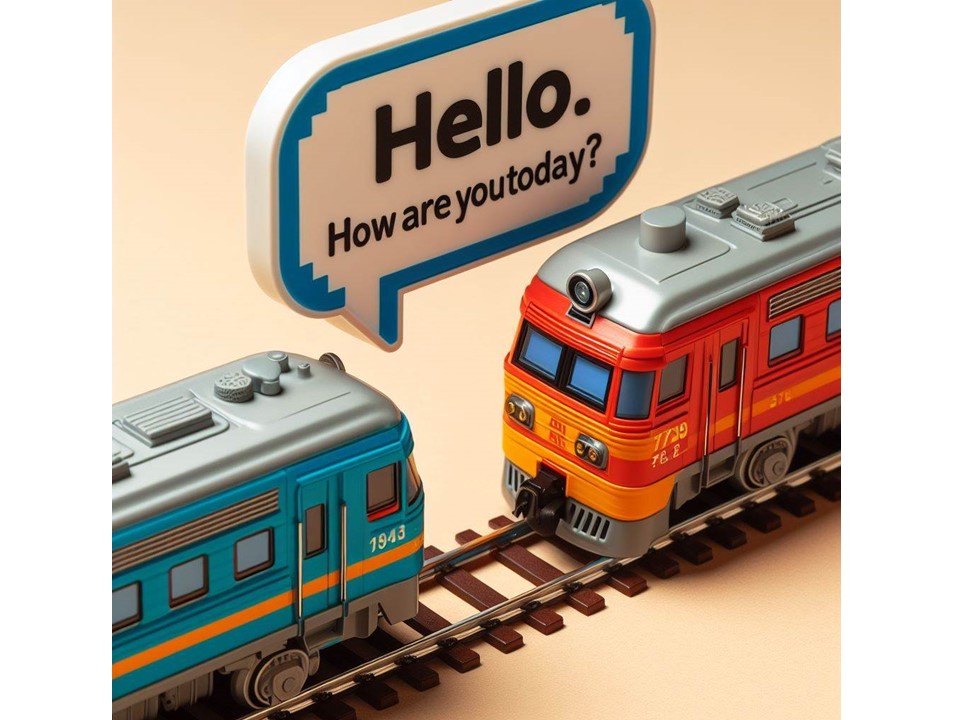I have included this additional category of art-related therapy resources – use of images not actually created by the child – because I do consider doing this “creative” and since it has its own special utility in social-emotional teaching.
First, it has the potential to create results very quickly.
Second, using borrowed and AI-generated images can be really useful for people who are creative but don’t draw very well. Like me, for example – and like many young people we work with.
These first two examples employ borrowed images. The third example demonstrates some entry-level use of AI pictures. The blue text links to the free downloads.
Head Outline Picture Activity to learn about peer interests
This free download enables you and a child, working side by side at a computer, to quickly put together useful, illustrated guides to other people’s interests. Starting with a PowerPoint template provided in my free download, you copy and paste Google images into the head outlines. Before long, you have picture-based references to other people’s interests.
Some children prefer to complete this activity by producing their own small drawings depicting others’ interests, but quite a few other kids just don’t like drawing, or when they do draw, the results look disappointing to them. Even when children copy and paste pictures in this project, it still qualifies as “creative” in my opinion.
This free download allows you to quickly produce cards resembling Pokémon and Yu-gi-oh to represent problems the child is working on and possible solutions to these problems. The project can also be completed by having the child draw their own pictures, but I generally find that even artistic kids elect to drag and drop the stock images instead of drawing.
Using AI-generated images as a creative element in therapy
I am writing this in early 2024, just a year or so after basic web-accessible AI image generating became available. I have a feeling the following information and examples will soon become outdated, as the quality and variety of AI images gets better and better. Anyhow, here is what I have learned so far.
AI image-creating has terrific potential for introducing an “artistic” visual component to child psychotherapy. Here are a couple quick examples I came up with in just a few minutes on my computer.
In reference to the AI image shown above: I imagined having a young autistic client who needed help with some rudiments of social communication. I supposed that the child had a strong interest in trains. I created the picture above by telling the online image generator, “Create an image showing two realistic train cars talking together. One says, ‘Hello. How are you today?'”
In reference to this second AI image above: I imagined having a teen boy client who was working on some anger management and conflict resolution. I told the online image generator, “Create an image showing a teenage boy apologizing to his father after losing his temper.” I then added, on my own computer, the word bubble and the text.
The next in this series: Part 6: Encouraging & validating the child’s own artistic expression in therapy & teaching.
Joel Shaul, LCSW
Part 2: Assigning individual drawing tasks for social & emotional learning.
Part 3: Assigning collaborative drawing tasks for social learning.
Part 4: Coloring & decorating to add interest & levity to social & emotional learning.
Part 5: Creative use of others’ images and AI for social & emotional learning.
Part 6: Encouraging & validating the child’s own artistic expression in therapy & teaching.





